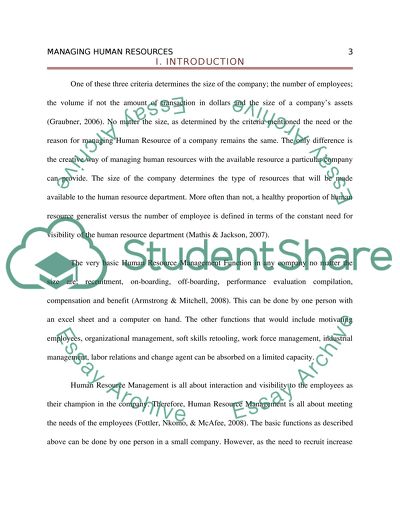Cite this document
(“Managing Human Resources: Small versus Large Organizations Research Proposal”, n.d.)
Retrieved from https://studentshare.org/other/1428424-managing-human-resources-small-versus-large
Retrieved from https://studentshare.org/other/1428424-managing-human-resources-small-versus-large
(Managing Human Resources: Small Versus Large Organizations Research Proposal)
https://studentshare.org/other/1428424-managing-human-resources-small-versus-large.
https://studentshare.org/other/1428424-managing-human-resources-small-versus-large.
“Managing Human Resources: Small Versus Large Organizations Research Proposal”, n.d. https://studentshare.org/other/1428424-managing-human-resources-small-versus-large.


